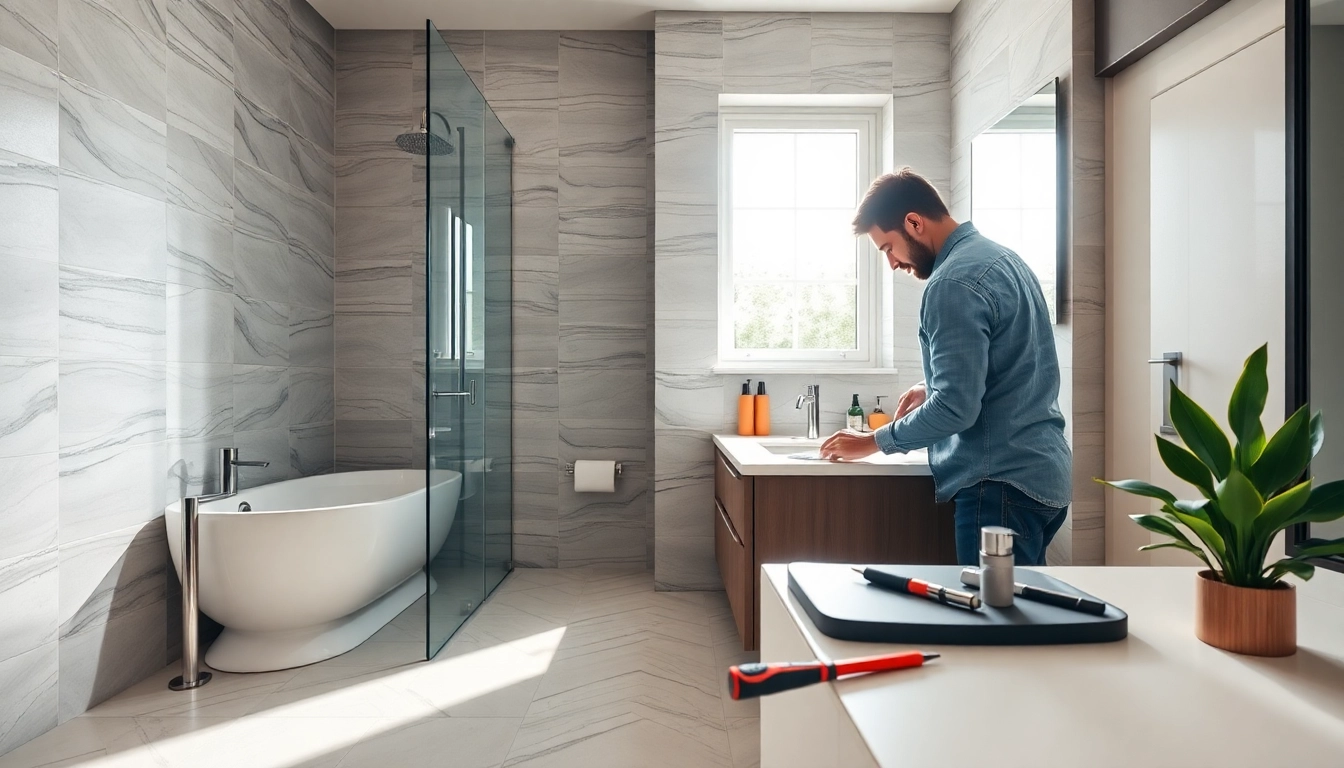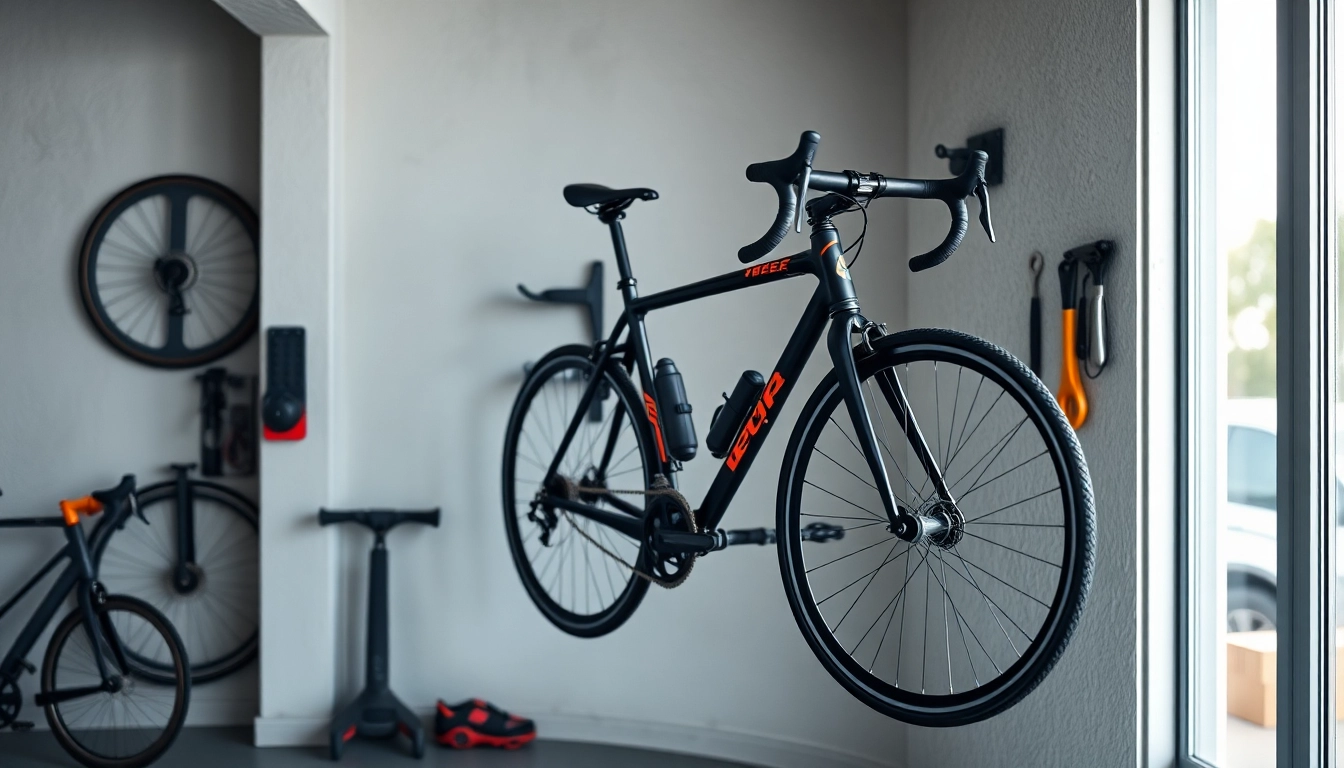Mastering Your Bathroom Install Bristol: Tips for a Seamless Renovation
Understanding the Bathroom Install Bristol Process
Renovating your bathroom can be a daunting task, especially if you are unfamiliar with the process involved. Whether you are giving your space a much-needed update or planning a complete redesign, understanding the bathroom install bristol process is crucial for achieving your desired outcome. In this guide, we will walk you through the key steps involved in a successful bathroom installation, point out some common mistakes to avoid, and highlight the essential tools you will need.
Key Steps in a Successful Bathroom Renovation
A successful bathroom renovation involves a series of critical steps:
- Planning: Start with a well-thought-out plan that includes your budget, the design of your new bathroom, and any changes you want to make to the plumbing or electrical systems.
- Choosing Materials: Select high-quality, durable materials that align with your design vision and budget.
- Demolition: Carefully remove existing fixtures, tiles, and materials that will be replaced. Ensure that you do this safely and dispose of waste responsibly.
- Installation: Start the installation process, which generally begins with plumbing and electrical work, followed by flooring, walls, and fixtures.
- Finishing Touches: Complete the project with final details such as paint, caulking, and decorative accents.
Common Mistakes to Avoid During Installation
While every renovation project is unique, there are common pitfalls that can negatively impact your bathroom installation:
- Skipping the Planning Phase: This often leads to overspending, poor design, or even structural issues.
- Overlooking Permits: Depending on the extent of your renovation, you may need permits for plumbing and electrical work.
- Ignoring Lighting: Proper lighting can enhance the functionality and aesthetics of your bathroom.
- Underestimating Costs: Always have a contingency budget for unexpected expenses.
Essential Tools for Your Bathroom Install Bristol
Having the right tools for your renovation will make the process smoother. Some essential tools include:
- Measuring tape
- Level
- Tile cutter
- Power drill
- Plunger
- Screwdriver set
- Pry bar
Choosing the Right Style and Materials
One of the most important decisions you’ll make during your bathroom renovation is choosing the right style and materials. The right choices can significantly impact both the look and functionality of your space.
Popular Bathroom Styles for Modern Homes
Contemporary bathroom styles vary significantly but tend to emphasize clean lines and minimalism. Below are a few trending styles:
- Minimalist: Focus on simplicity, stripped-down fixtures, and neutral color palettes.
- Industrial: Incorporates raw materials such as metal and exposed brick, often enhanced with rustic lighting.
- Modern Farmhouse: A blend of rustic charm and modern details, featuring wood accents and vintage-inspired fixtures.
- Transitional: Combines both traditional and contemporary elements, offering a timeless appeal.
Durable Material Options for Long-lasting Installations
Choosing durable materials is key to ensuring your bathroom withstands everyday use:
- Porcelain Tiles: Resistant to moisture and easy to clean, making them ideal for flooring and walls.
- Quartz Countertops: Highly durable, non-porous, and available in numerous designs.
- Fiberglass Fixtures: Lightweight and less prone to cracking compared to traditional materials.
Eco-friendly Choices for Sustainable Renovations
Sustainability is an increasingly important factor in home renovations. Consider the following eco-friendly choices:
- Low-flow Fixtures: Save water and reduce utility bills without sacrificing performance.
- Recycled Materials: Use recycled glass tiles, reclaimed wood, or repurposed fixtures to decrease environmental impact.
- Energy-efficient Lighting: LED lights not only consume less energy but also provide better illumination.
Planning and Designing Your Space
Effective planning and designing can dramatically improve the functionality and aesthetic appeal of your bathroom. Below are considerations to keep in mind:
Creating a Functional Layout for Efficiency
The layout can significantly influence how you use your bathroom. Consider the following:
- Traffic Flow: Ensure that doors and cabinets do not obstruct movement.
- Zone Design: Separate areas for bathing, grooming, and storage to enhance usability.
- Accessibility: Ensure that the layout accommodates individuals of all ages and abilities.
Color Schemes and Design Trends to Consider
The colors you choose can reflect your style while also setting the mood of your bathroom:
- Neutral Tones: Create a tranquil ambiance and make small spaces feel larger.
- Bold Accents: Use bright colors for accents to add personality without overwhelming the space.
- Nature-Inspired Palettes: Incorporating greens and browns can evoke a sense of calm and connection to nature.
Maximizing Storage Solutions in Small Bathrooms
Efficient storage solutions are essential, especially in smaller bathrooms. Some strategies include:
- Vertical Space Utilization: Use wall-mounted shelves and cabinets to maximize storage without sacrificing space.
- Under-vanity Storage: Consider drawers or baskets underneath the sink for organized storage.
- Mirror Cabinets: Combine storage and functionality with mirrors that have hidden compartments.
Working With Professionals vs. DIY
Deciding whether to hire professionals or attempt a DIY bathroom install Bristol can be challenging. Both options come with their own advantages and disadvantages.
Pros and Cons of Hiring Contractors
Hiring professionals can enhance the quality of your renovation, but it comes with associated costs:
- Pros: Expertise, time efficiency, liability protection, and access to professional-grade materials.
- Cons: Higher overall costs and potential communication challenges.
When to Consider a DIY Bathroom Install Bristol
DIY can be a rewarding option if you possess the necessary skills and tools:
- Simple Fixes: Tasks like painting, installing fixtures, or replacing flooring may be manageable.
- Budget Constraints: DIY can save money, allowing you to allocate funds to premium materials.
Finding Reputable Tradespeople in Your Area
If you decide to go with professionals, finding reliable tradespeople is essential:
- Check Reviews: Online reviews and testimonials can provide insight into the quality of work.
- Ask for Recommendations: Seek suggestions from friends, family, or online community groups.
- Verify Credentials: Ensure that they are licensed and insured to protect yourself from liabilities.
Post-Installation Care and Maintenance
After your bathroom renovation is complete, maintaining your newly installed bathroom is critical for longevity and functionality. Here are some essential post-installation care tips:
Basic Maintenance Tips for a Longevity of Your Installation
Regular maintenance will help to keep your bathroom looking great:
- Routine Cleaning: Establish a consistent cleaning schedule to prevent mold and mildew growth.
- Inspect Plumbing: Regularly check for leaks, drips, or signs of water damage.
- Clear Drains: Regularly unclog sink and shower drains to avoid build-up.
How to Address Common Issues After Installation
Even a well-planned installation can have issues:
- Leaky Faucets: Tighten connections or replace washers as needed.
- Moldy Grout: Consider re-sealing grout lines to maintain a clean appearance.
- Temperature Fluctuations: Check your water heater and plumbing for efficiency.
Future Upgrades and Renovations to Consider
Consider potential future upgrades that can enhance your bathroom’s value and functionality:
- Smart Technology: Incorporate features like smart mirrors or digital temperature controls.
- Upgraded Lighting: Install dimmable LED fixtures or smart lighting options for a modern touch.
- Additional Storage: Look into built-in cabinetry or shelving to maximize space.














Post Comment